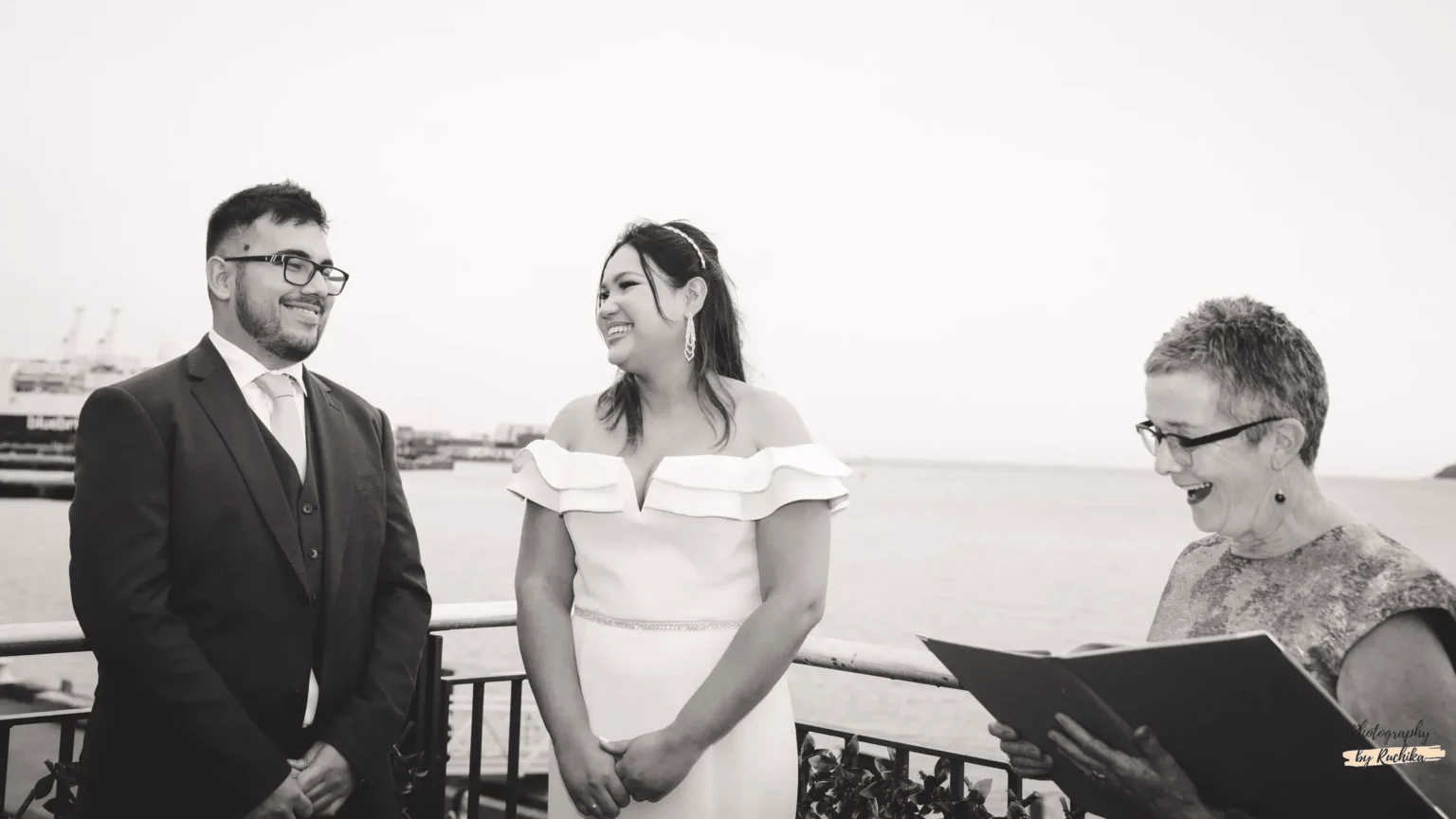What Different Color Meaning in the Past
Throughout history, colors have had deep meanings. They have been used to represent power, emotion, faith, and identity. People from all over the world in the past used colors for more than just art. They also used colors to communicate greater ideas about their beliefs, cultures, and daily lives. This piece talks about what color meanning in the past and how they still affect us today.
Read Also: Faith in the Fog of Loss: Finding Spiritual Strength During Hard Times
Red is the color of life and power.
In the past, the color red stood for strength, desire, and life.
The Egyptians thought that red meant both life and death. In rituals, it was used to call on protective spirits or to show that things were chaotic and dangerous.
The Romans linked the color red to Mars, the god of war, and used it to show success and strength in battle.
In China, the color red stood for luck and wealth, and people still believe this today.
People thought of red as the color of blood, which meant life force and energy, as well as sacrifices made to please the gods.
Blue is the color of God and the infinite.
Blue has always been linked to the sky and divine power.
The Egyptians thought of blue as a holy color and often used lapis lazuli to make pictures of gods and pharaohs. It stood for the sky, water, and life forever.
Blue was linked to the sea gods in Greece and Rome, like Poseidon and Neptune, and stood for safety and depth.
In ancient countries, blue was a color of wisdom, spirituality, and peace because it was so soothing. It was usually only used for holy or royal purposes.
Read Also: Hanuman Temple Adelaide: A Spiritual Landmark in South Australia
Yellow is the color of the sun and wealth.
Yellow stood for knowledge, sunlight, and warmth.
People in Egypt used the color yellow, which came from the sun, to paint on tomb walls to represent forever and the gods’ immortality.
In Hinduism and Buddhism, the color yellow was linked to spiritual growth, learning, and awakening. Monks often wore clothes of yellow or saffron to show how much they valued learning.
People in the past believed that yellow was a color of brightness, energy, and life.
Green is the color of nature and growth.
Green has always been a sign of nature, growth, and fertility.
Egyptians thought that green was connected to the god Osiris and that it meant endless life and resurrection.
Celtic people thought that green was connected to the land, farming, and the spirits of the natural world.
In ancient times, people used green in ceremonies and decorations to bring about balance, rebirth, and plenty.
White is the color of goodness and the divine.
White has always been a sign of innocence, cleanliness, and the holy.
In religious events in ancient Greece, white was used to show cleanliness and a connection to God.
The Romans thought that white meant peace, and priests and vestal virgins often wore white robes.
In China, white stood for death and the circle of life and death.
Because it was linked to light, white was always seen as a sign of God and truth.
Black is a spooky and powerful color.
Black had two different meanings: mystery and power.
Because black was linked to the rich soil of the Nile in Egypt, it was a sign of wealth and growth.
In other old cultures, black was associated with death and the unknown. It was used a lot in funerals and to call for spiritual protection.
People sometimes feared black, but it also stood for depth, complexity, and the beginning of life.
Being spiritual and royal, purple is a beautiful color.
Because it was hard to get purple dye, it was very valuable and rare.
The well-known Tyrian purple dye was a sign of wealth and power in Phoenicia.
The Romans saved purple for kings and senators because they thought it showed power and God’s favor.
People thought of purple as a spiritual color because it had the stability of blue and the energy of red. It was thought to represent change and higher awareness.
Orange: A Color Meaning of Life and Creativity
Orange was linked to life, energy, and creativity in old cultures.
In Hinduism, orange was seen as holy, and saffron clothes stood for giving up things and committing to something.
In Mesoamerican societies, orange was linked to fire and the sun, which stood for life and change.
The fire of red and the hope of yellow were balanced by the orange.
Brown is the color of steady ground and earth.
Color brown stood for the earth, stability, and dependability.
The Brown was a sign of power and a connection to the land in Celtic and tribal cultures.
In their art, ancient people often used earthy colors like brown to show that they were humble and wanted to get back to nature.
Brown was a sign of a solid and safe base for life.
How Color Shaped History in the Past
In the past, people had deep connections with their surroundings, as shown by the meanings of colors. These ideas still affect how we see colors today, and many cultural and spiritual connections we have today come from these old views.
In ancient times, color meaning were more than just things that looked nice. They were also strong symbols that were deeply woven into everyday life and used to guide rituals, inspire art, and shape people’s identities. Colors that never go out of style remind us of our shared past and the language that speaks to everyone.














Post Comment